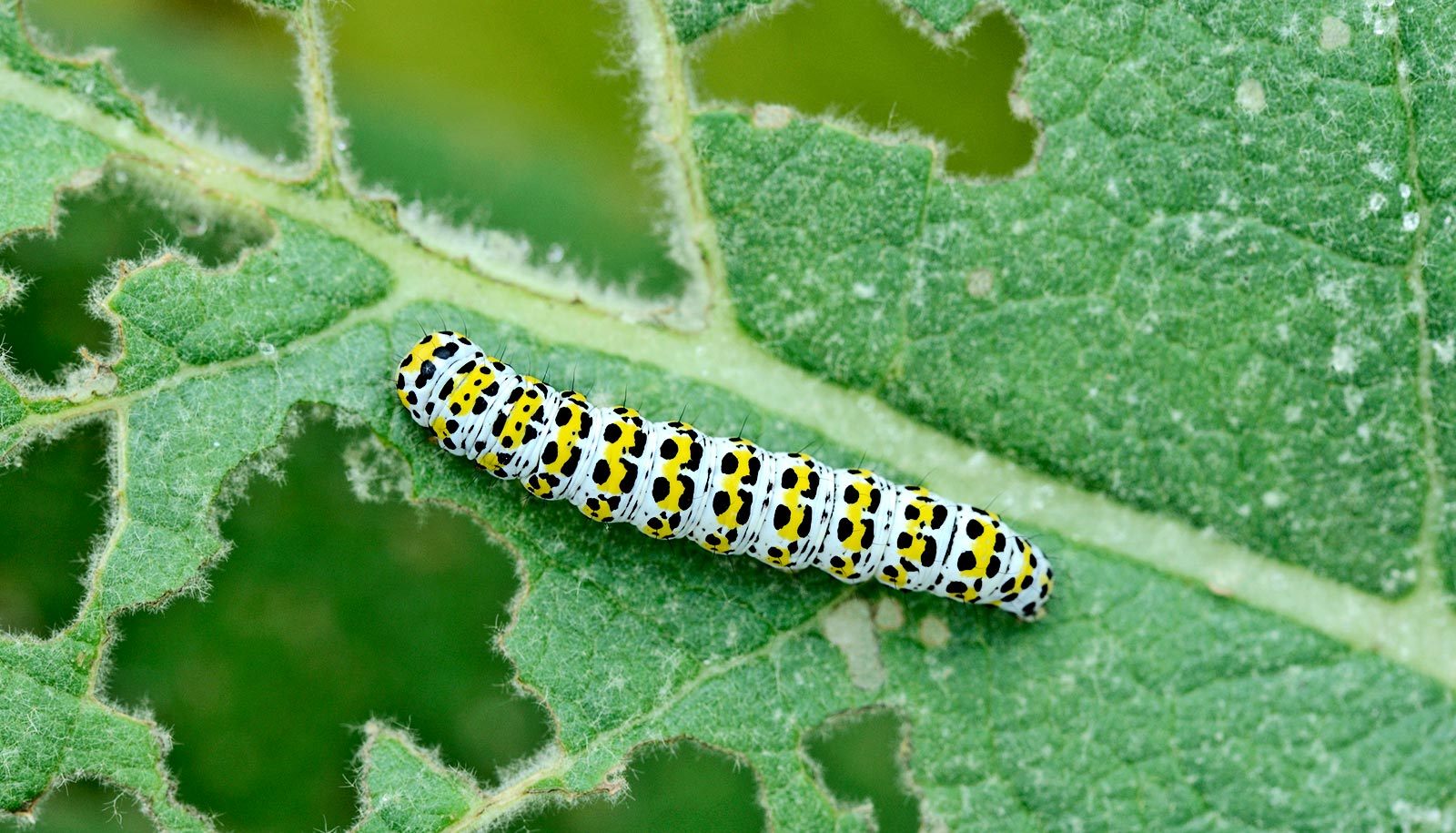Plant scientists have shed new light on a genetic pathway that influences both plant growth and disease resistance.
The findings make this pathway a promising target for breeding new crop varieties that can fight pathogens without sacrificing performance.
The research, published in the journal Current Biology, details how the protein Feronia works in the model plant Arabidopsis to promote growth and to confer disease resistance in the presence of bacterial pathogens.
The bacterial pathogen tries to trick the plant, but the Feronia protein can see through the ploy and counteract the pathogen.
Feronia is a receptor kinase protein found in plant cells that previous research has shown to play a role in plant growth and stress response processes.
When bacterial pathogens attack plants, a substance called coronatine, which the pathogens produce, uses the jasmonic acid system inside the plant cells to suppress the plant’s disease response.
“The pathogen-produced coronatine tells the plant to disarm the plant’s defense system,” says Hongqing Guo, the first author of the study and an assistant scientist in genetics, development, and cell biology at Iowa State University. “That makes the plant more susceptible to disease.”
But the research shows Feronia can detect the pathogen’s attempts to hijack the jasmonic acid system and diminish a protein called MYC2 to fight off the disease. The researchers say it’s a little bit like a game of chess playing out inside the cells of the host plant. The bacterial pathogen tries to trick the plant, but the Feronia protein can see through the ploy and counteract the pathogen.
Coauthor Yanhai Yin, a professor of genetics, development, and cell biology at Iowa State, says the positive association Feronia shares with growth and disease response means it has great potential as a target for plant breeders who want to develop crops that can withstand disease without sacrificing growth. Yin says growth and disease resistance are often thought of as competing factors that plant breeders must balance.
“If we can understand this signaling pathway better, we can manipulate plants to promote growth and disease immunity at the same time,” Yin says.
The Iowa State University College of Liberal Arts and Sciences Signature Research Initiatives and the university’s Plant Sciences Institute funded the study.
Source: Iowa State University



